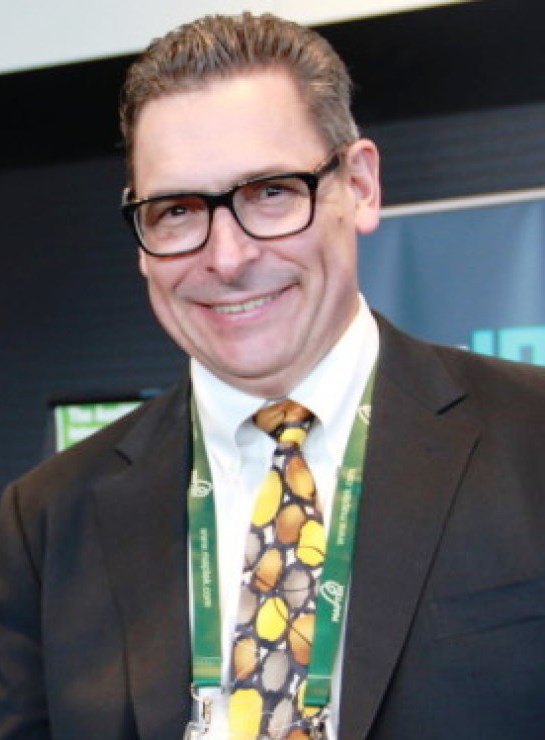 |
Mark Chalmers, Chair, the AusIMM International Uranium Conference, on the upcoming conference, 7-8 June, Adelaide, Australia.
The AusIMM International Uranium Conference will kick off on 7 June. Is there a specific theme for the conference?
There is no specific theme, but the emphasis of the conference is always “best practice”. All the topics to be discussed will focus on this.
Is your conference also of social and cultural resonance?
The conference is an excellent opportunity for networking, particularly in a period where almost all resources sectors are under stress from low commodity prices. The best networking opportunities will be at the breaks during the day, and during the conference dinner on the night of the 7th. There will also be an opportunity for attendees to talk to the various exhibitors.
Regarding cultural resonance, yes, there will be at least a few papers which will address the critical importance of best practice engagement with all stakeholders, including indigenous people from both Australia and overseas. Cultural engagement and understanding is a critical aspect of all successful resource development projects around the world.
For your conference you have chosen Adelaide. Why?
Adelaide is a great place for the conference for many reasons. South Australia has emerged as the most “uranium friendly” jurisdiction in Australia. Furthermore, the final findings of the South Australian Nuclear Fuel Cycle Royal Commission are expected to be delivered in May, providing an even larger incentive to hold the conference in Adelaide.
With three fully permitted uranium projects in South Australia there are also opportunities for tours, which are always popular with our delegates. This year we have two tours: a day tour of BHPB Olympic Dam and also of the Heathgate Beverley Projects.
Adelaide is also centrally located in Australia and easy to reach from most Australian capital cities.
What are the main challenges for the Australian mining sector these days?
The sector is currently facing low commodity prices and hence difficult business conditions for resource companies. This has resulted in substantial redundancies in many areas. While commodity swings are by no means uncommon to the mining sector, we are currently in a significant downswing at the moment. Signs of improvement are being seen with gold, iron ore, uranium and other commodities, but more time is required to better define these trends.
History suggests that a recovery is always in the making, particularly with Australia’s close commodity ties with China and Asia as a whole. Of course commodities from Australia are used all over the world, but Asia is a key factor in many of Australia’s mining industries.
The Australasian Institute of Mining and Metallurgy (the AusIMM) was founded in 1893 and provides services to professionals engaged in all facets of the global minerals sector. With a focus on providing leadership and opportunities to minerals industry professionals, the AusIMM delivers an ongoing program of professional development services to ensure our members are supported throughout their careers, enabling them to provide high-quality professional input to industry and the community. The AusIMM represents 14 000 members drawn from all sections of the industry and supported by a network of branches and societies in Australasia and internationally.
www.ausimm.com.au